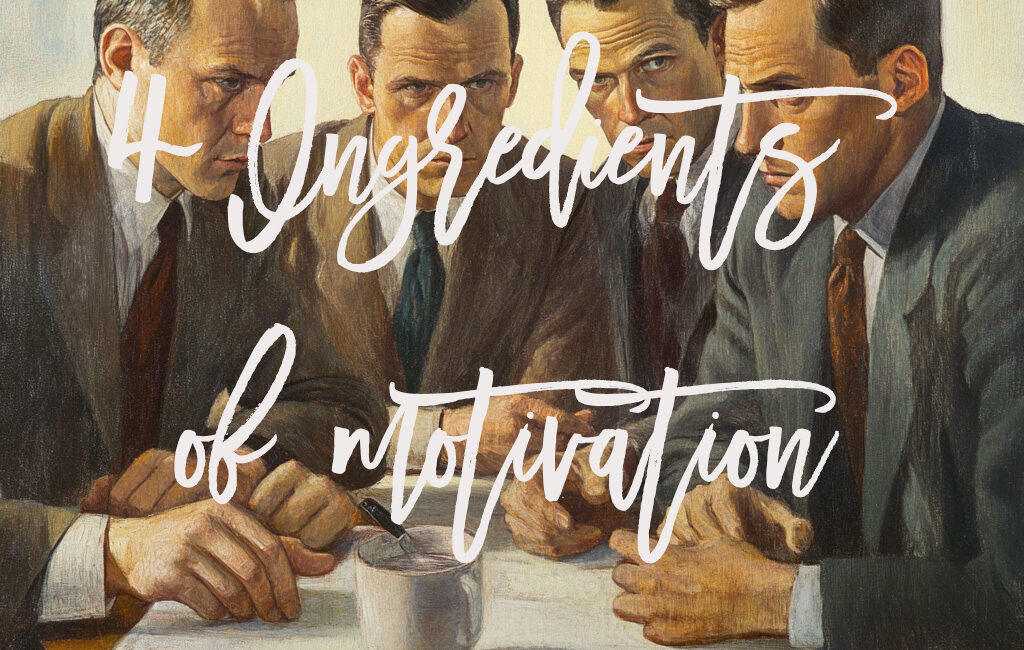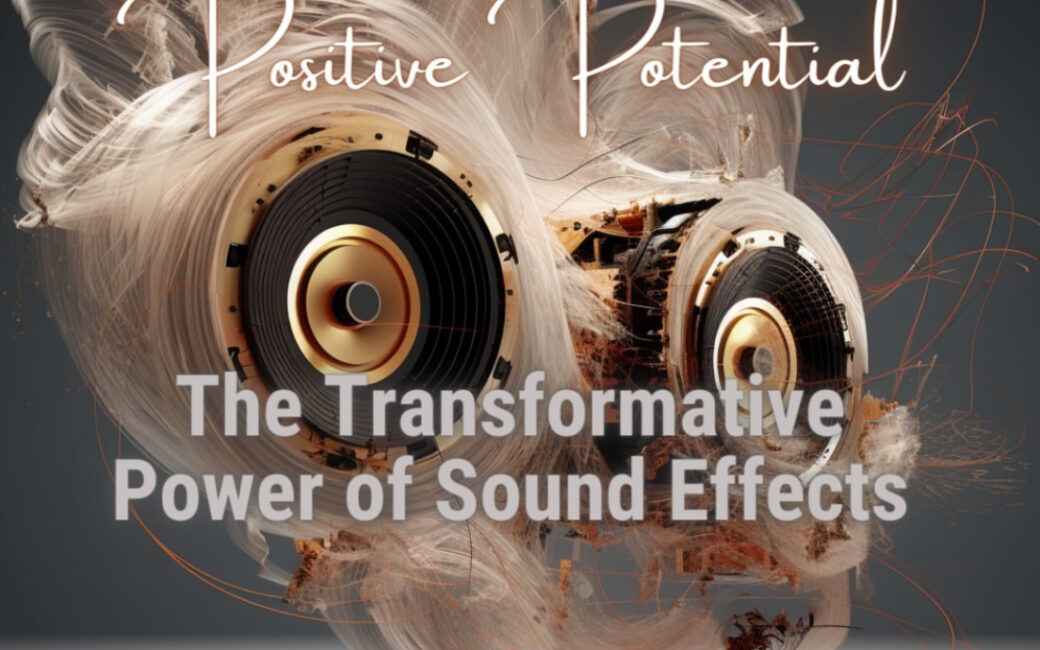Mental fatigue doesn’t feel like burnout, at least not at first. It’s quieter. More civil. It shows up in things like scrolling without focus, rereading the same sentence three times, or walking into a room and forgetting why you’re there.
It’s the mental equivalent of trying to swim through jelly.
We often reach for simple metaphors—like a battery needing a recharge—but that doesn’t quite get it right. Brains aren’t batteries. They’re orchestras. And fatigue isn’t about being empty; it’s about losing coordination.
The Mind as a Conductor
In a well-functioning brain, attention, memory, and emotional regulation don’t operate in silos. They talk to each other. One leads, another supports, another adjusts tempo. But when fatigue sets in, the conductor stops conducting. The strings go off on their own. The horns forget when to come in. The percussionist starts watching YouTube.
This kind of misalignment doesn’t just affect focus—it warps your whole perception of effort. Everything feels harder not because your brain lacks fuel, but because it’s processing noise instead of signal.
Mental Noise Isn’t Just Distraction
It’s easy to say we’re “distracted” by social media, by the news, by everything. But the real issue isn’t distraction itself—it’s the residue. Even after you close the tab, the mind is still doing micro-rehearsals: should I have commented? Was that a weird message? What did she mean by that emoji?
This residue builds up like background static. And when enough of it accumulates, the brain starts spending its processing power cleaning up rather than thinking.
That’s what mental fatigue is. It’s not the result of doing too much. It’s the result of processing too much that doesn’t resolve.
The Real Reset Isn’t Rest
Here’s the trap: we think the antidote to mental fatigue is “relaxation.” But rest only helps when it’s the right kind of rest—one that doesn’t just soothe the mind, but reorders it.
To return to the orchestra metaphor: the conductor doesn’t need a nap. The conductor needs a baton and a clean score.
This is where structured sensory inputs come in. Not vague relaxation, but highly organized, low-effort experiences that gently retune attention systems.
Structured Sound: The Underestimated Input
Sound is not just entertainment. It’s one of the few sensory channels that bypass the “thinking brain” (neocortex) and goes straight to the midbrain and limbic system—where emotions, attention, and memory all intersect.
But not all sound is created equal. The key isn’t just listening to music. It’s listening to structured, carefully designed sound patterns that guide the brain from chaos back to coherence.
The concept has a basis in both neuroscience and psychoacoustics. Rhythmic sequences can entrain brainwaves. Predictable tonal patterns can reduce the load on working memory. Spatial sound cues can help re-establish a sense of physical orientation when you’re dissociated or scattered.
This isn’t about meditating to ocean waves. It’s closer to re-running an internal calibration sequence.
The Quiet Skill of Perceptual Reset
When you engage with structured sensory sessions—like the kind Soul Journeys is built around—you’re not doing a ritual or engaging in introspection. You’re restoring your brain’s capacity to perceive accurately.
People often report that colors look brighter afterward. Not metaphorically—actually brighter. That’s not magic. That’s what happens when the brain stops suppressing visual input due to overload.
Clarity isn’t something you find. It’s something you return to, once the internal noise stops shouting over it.
A Final Thought: The Absence of Trying
Most advice on mental fatigue includes things you should do. But the real shift happens when you stop trying to force clarity through effort and allow it to emerge through alignment.
Imagine re-tuning an instrument. You don’t play louder—you stop, listen, and adjust.
Your brain works the same way. When it’s out of tune, it doesn’t need motivation. It needs a signal worth syncing to.





